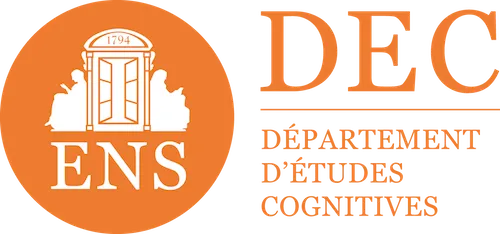

Training gesture and posture: safety at the workplace
Musculoskeletal disorders, chronic fatigue, low back pain... The risks associated with work gestures and postures concern many sectors, from transport to industry, including offices. To support companies in their prevention approach, gesture and posture training is an essential lever.
With the Didask LMS platform, training organizations and companies have a digital, modular and engaging solution to effectively train their employees in these challenges.
What is gesture and posture training?
Gestures and postures training is one of the essential training courses in health and safety at work. It aims to make employees aware of the good physical behaviors to adopt according to the constraints of their position: manual handling, lifting loads, prolonged positions, repetitive gestures, screen work, etc.
This professional training is part of a risk prevention approach, in particular those related to TMS (musculoskeletal disorders). It concerns both manual professional practices and office jobs, where prolonged static postures in front of a screen can also be harmful to the health of workers.
It is often part of a PRAP (Prevention of Risks Related to Physical Activity) training program and can be adapted to all professional profiles, from employees to management.
Why offer this training in a company?
More than a regulatory obligation, training in gestures and postures is a strategic investment for the company. By acting on the causes of work accidents and occupational diseases, it makes it possible to:
- Reducing sick leave related to MSDs
- Improving the quality of life at work and personal comfort
- Strengthening the quality of life at work
- Meet the obligations of the Labor Code
- Promote the image of a responsible company
What are the objectives of this training?
The aim of the training in gestures and postures is to:
- Understand the risks associated with your professional activity
- Identify risky gestures and postures
- Adopt preventive movements
- Improving ergonomics at the workplace
- Develop practical skills in physical security
These educational objectives are always adapted according to the position and the training needs teams.
PRAP training or gestures and postures: what are the differences?
Often confused with PRAP training (Prevention of Risks Related to Physical Activity), the training in gestures and postures is more specific. PRAP is part of a more global approach to workplace prevention and often involves a certified trainer and structured follow-up.
Gestures and postures training, on the other hand, can be more flexible, oriented to a defined workplace and deployed more easily within a company.
How does a gesture and posture training take place?
Thanks to a SaaS solution like Didask, training can be designed according to different training methods:
- Face-to-face with demonstrations and simulations
- Digital learning with interactive simulations
- Blended learning (mixed)
- Adaptation to types of training employed and at the trainee level
The trainer adapts his intervention to the constraints of the job (manual handling, carrying loads, prolonged sitting, etc.), and to the reality of the field.
What is the duration and cost of this training?
The duration varies according to the format and the objectives:
- 2 to 4 hours for rapid awareness
- 1 full day for in-depth action
- Customizable training according to internal preventive measures
Regarding the price, it depends on the number of participants, the methods chosen, and the possibility of financing corporate training (via OPCO, CPF or internal budget).
Is it mandatory in-company training?
The Labor Code requires the employer to train employees in the prevention of occupational risks. Thus, depending on the activity, the training in gestures and postures can be part of mandatory corporate training.
It is highly recommended for jobs subject to physical constraints: handling, transport, care, etc.
How does Didask support training organizations and businesses?
With Didask, training providers have a LMS tool innovative to create, deploy and measure the impact of their training, gestures and postures:
- Flexible and customizable content
- Adaptive learning approach: each employee advances at their own pace
- Easy integration into existing training plans
- Accurate statistics on learner outcomes
La training platform Didask allows a continuous increase in skills, while respecting the operational constraints of companies.
Training in work gestures and postures is no longer an option. It is a strategic priority to prevent accidents, improve working conditions and ensure the sustainable performance of the company.
Thanks to a platform LMS designed for professionals, Didask facilitates the implementation of tailor-made, engaging training courses that comply with regulatory obligations.
Make an appointment directly with our eLearning experts for a demo or simply more information.













